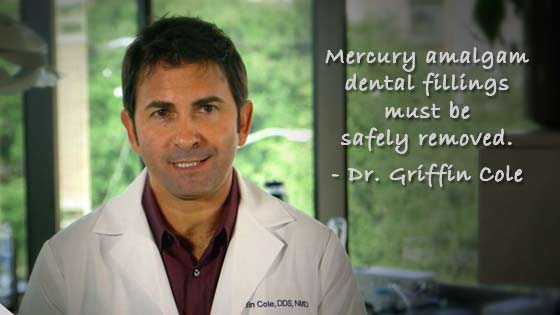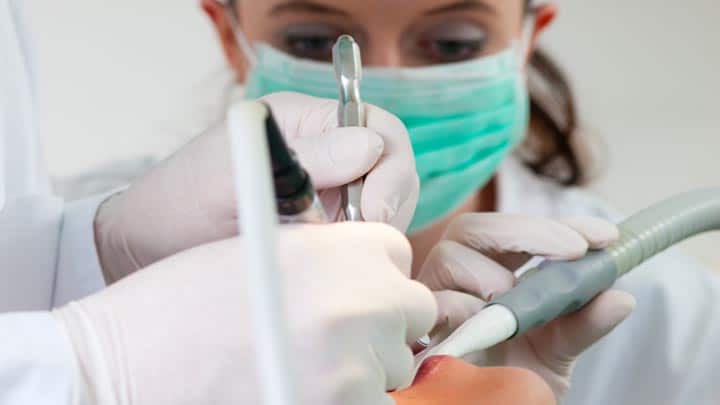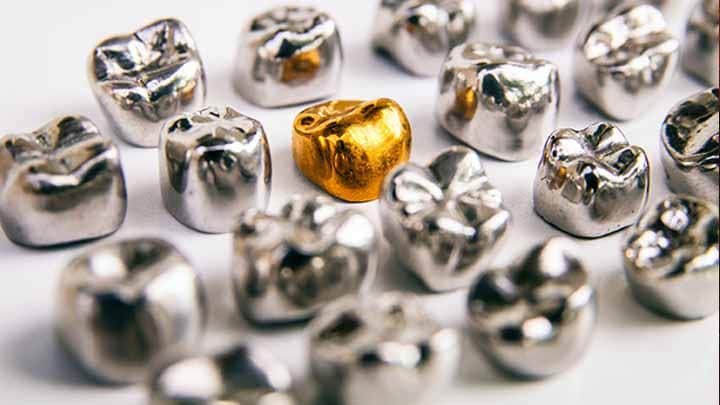
Every dentist has his/her own opinions about mercury based on education, experiences, and sources of trade and scientific information. Some dentists do not use mercury because it is known to be harmful, while others defend it because they were taught in the past to believe it is not dangerous.
For those dentists who do recognize the risks of mercury, there are a variety of practice philosophies that exist. That’s why it is essential to acknowledge the specific aims of each of these types of dentistry:
- “Mercury-free” is a term with a wide-range of implications, but it typically refers to dental practices that do not place dental mercury amalgam fillings.
- “Mercury-safe” typically refers to dental practices that use rigorous safety measures to limit or prevent mercury exposure, such as in the case of removing previously existing dental mercury amalgam fillings and replacing them with non-mercury alternatives.
- “Biological” or “Biocompatible” dentistry typically refers to dental practices that utilize mercury-free and mercury-safe dentistry while also considering the impact of dental conditions, devices, and treatments on oral and systemic health, including the biocompatibility of dental materials and techniques.
While positions on mercury vary widely within the field of dentistry, these talking points should assist you in discussing the topic with your dentist.
1. Remember your rights as a patient at all times.
As a patient, you have the right to know what is being put in your mouth. You also have the right to express concerns about any treatment offered to you, including the use of mercury/amalgam/silver fillings, all of which contain approximately 50% mercury. As part of your patient rights, you can ask to see the “Safety Data Sheet” (formerly called an “MSDS”) for mercury fillings and other dental materials. These descriptive sheets explain health hazards of chemical products. Additionally, some states, such as California, Connecticut, Maine, and Vermont, have fact sheets about dental fillings which dentists are supposed to give to their patients. Share what you have already learned, and ask your dentist about the procedure and materials used.
2. If you are having your amalgam fillings removed, read about precautions that can be taken to protect you and your dentist from additional mercury exposures.
Familiarize yourself with the information about the Safe Mercury Amalgam Removal Technique (SMART) on this website. You might also want to consider searching for a SMART-certified dentist. No matter what, be sure to utilize our SMART Checklist for Patients and Dentists so that you and your dentist can be sure that you agree on which safety measures will be applied.
3. Bring copies of any documents of interest you have already found with you to your dental visit.
It is one thing to tell your dentist about something you read, but it quite another to have a copy with you. This means doing your own research before your appointment. In addition to learning about SMART and using the SMART Checklist for Patients and Dentists, you should explore potential health risks of amalgam fillings that directly relate to you and your family. For example, the International Academy of Oral Medicine and Toxicology (IAOMT) has dental mercury fact sheets and webpages designed to help you learn more.
4. Understand that dentists cannot, per the American Dental Association, tell you to have your fillings removed for toxicological reasons.
The ADA states that “removal of amalgam restorations from the non- allergic patient solely for the alleged purpose of removing toxic substances from the body, when such treatment is performed at the recommendation or suggestion of the dentist, is improper and unethical.” Indeed, some dentists have been disciplined and/or fined for speaking out against dental mercury and encouraging its removal. Keep in mind that your dentist might not want to discuss mercury removal from a toxicological perspective.
5. Find out about regulations to phase down and end the use of mercury due to health and environmental concerns.
For example, Norway, Sweden, Japan, and Switzerland have all restricted or banned amalgam. France has recommended that alternative mercury-free dental materials be used for pregnant women, and Germany, Finland, Austria, and Canada have reduced the use of dental mercury amalgam fillings for pregnant women, children, and patients with kidney problems. Additionally, over 100 countries, including the U.S., have agreed on the United Nations Environment Programme (UNEP)’s “Minamata Convention on Mercury,” which is a global treaty that calls for phasing down the use of mercury, including the mercury in dental amalgam. The U.S. Environmental Protection Agency (EPA) recently passed a guideline that prevents dentists from releasing amalgam/mercury waste down the drain. Keep up to date on the regulations by visiting this website and the IAOMT website so that you can share this information with your dentist, other health practitioners, family, and friends!






